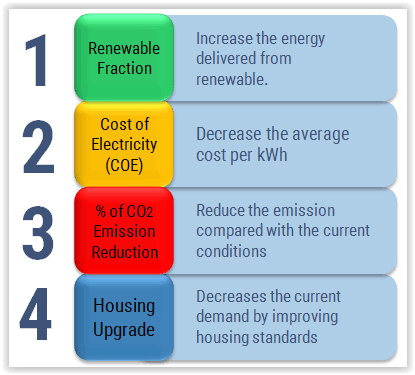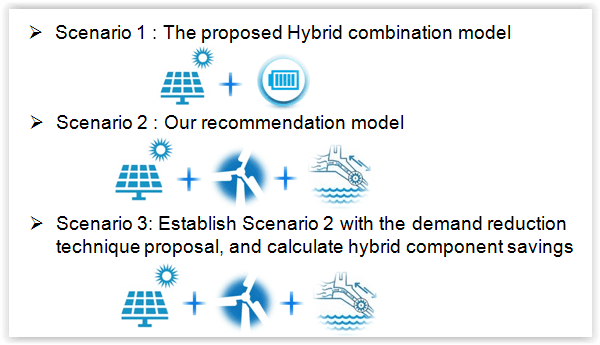Aims
The purpose of our group project is to supply electricity to residences in the Great Cumbrae by using renewable energy as much as possible in order to attract tourists and make a sustainable life for the residences. This will also help to sustain the environment, reduce the cost of electricity, and improve economic growth in the Isle of Cumbrae. In addition, self-sufficient generation at the Island will help to reduce the dependency on the unreliable grid. However, the electricity supplies must have the reliability to generate power to customers for the entire year and at any seasons. This means the power system should considerably aware of energy surplus and energy deficit. Also, the improvements in the housing standard will help to reduce the current demand, and it can minimise the capital investments for the renewable installations.
The four main Aims of our project are:

